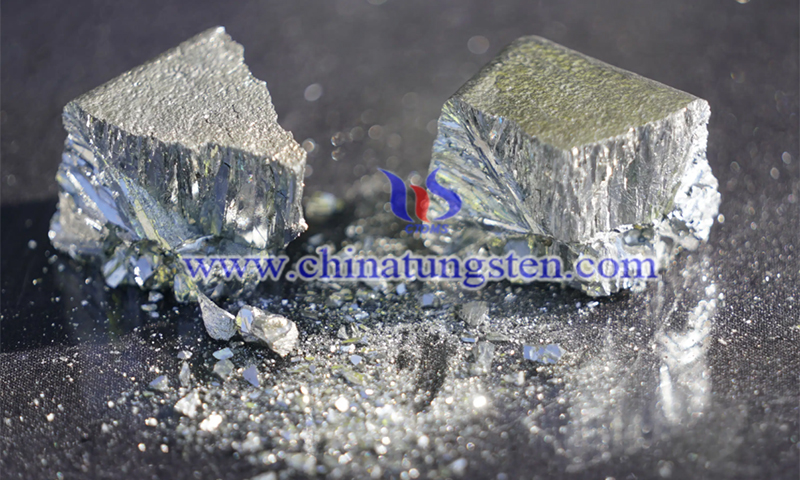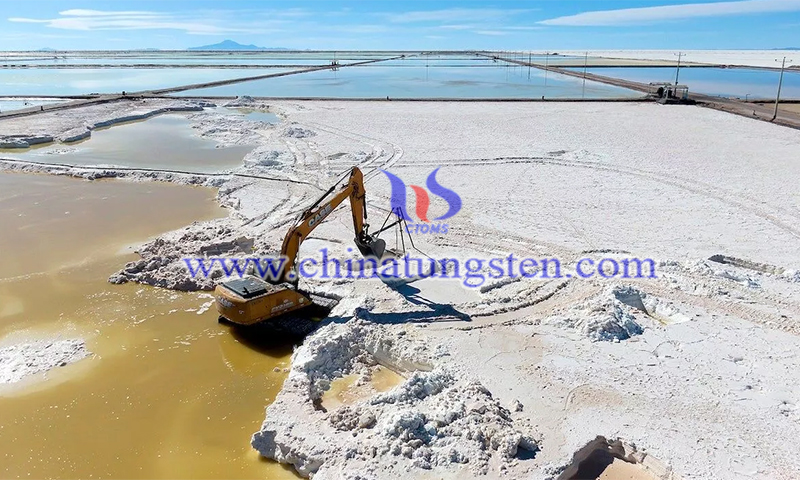Enough Rare Earth Minerals to Fuel Green Energy Shift
- Details
- Category: Tungsten's News
- Published on Sunday, 05 March 2023 22:38
- Hits: 786
A study shows that the Earth has enough rare earth minerals and other critical raw materials to allow us to switch from fossil fuels to green energy sources to generate electricity and limit global warming. The study shatters concerns about the availability of these minerals. There are concerns that there may not be enough key minerals for decarbonization conversion in order to drive more electricity from solar panels, wind turbines, hydro and nuclear power plants.

(Source: AP Photo/Rick Bowmer)
Rare earth minerals are not rare. The U.S. Geological Survey describes them as "relatively abundant. They are essential for the powerful magnets needed in wind turbines; they are also found in smartphones, computer monitors, and LED light bulbs. The new study considered not only these elements, but also 17 different raw materials, including some very common sources such as steel, cement, and glass. A group of scientists studied these materials, which have not typically been mined on a large scale in the past, as well as 20 different sources of power generation. They calculated the pollution from supply and mining if green energy surges to meet global targets for cutting fossil fuel emissions.
Many of the concerns about decarbonized raw materials are tied to batteries and transportation, particularly the need for lithium for electric vehicles that rely on batteries. The need for batteries is more complex than the need for minerals used to generate electricity, and this is the study researchers will do next.
For example, one paper notes that dysprosium, the mineral used in wind turbine magnets, would require three times the amount of dysprosium currently produced if clean power were to be pursued vigorously. However, there is more than 12 times more dysprosium in reserves than is needed for clean energy.
Another potential problem is tellurium, which is used in industrial solar power plants and is estimated to have only slightly more resources than are needed for a large-scale clean energy push. Daniel Ibarra, an environmental professor at Brown University, says the production capacity of some "critical metals" must grow, and one question is how fast they can grow.

(Source: Gaston Brito Miserocchi/Getty Images)
Another question is whether mining will add more carbon emissions to the atmosphere. There are claims that it could add 10 billion metric tons of carbon dioxide emissions, equivalent to a quarter of annual global carbon emissions. Renewable energy sources require more material per unit of energy produced than fossil fuels dispersed. However, the increase in carbon pollution from mining will be offset by a huge reduction in fossil fuel emissions.
- Rare Earth Manufacturer & Supplier, Chinatungsten Online: www.chinatungsten.com
- Tungsten News & Prices of China Tungsten Industry Association: www.ctia.com.cn
- Molybdenum News & Price: news.molybdenum.com.cn
- Tel.: 86 592 5129696; Fax: 86 592 5129797; Email: sales@chinatungsten.com








 sales@chinatungsten.com
sales@chinatungsten.com